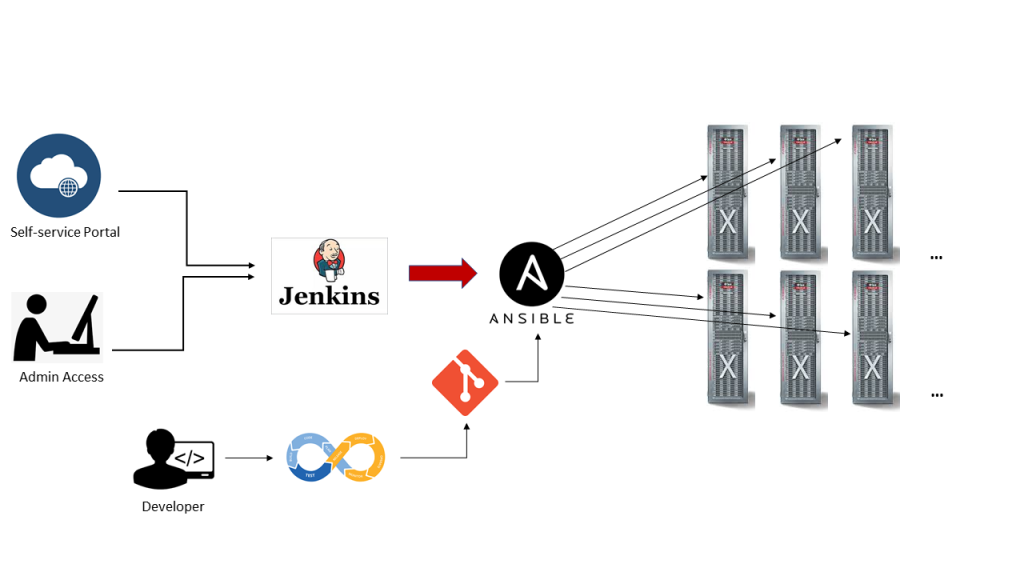It is very exciting for me to share this post, because what I’m going to describe here is not the final, but the current and intermediate result achieved by the Trivadis team on the development and implementation of what I call “Exadata as Code” project.
In the Cloud and automation era, this is the Trivadis answer to increase efficiency, time-to-market and quality on the most challenging Exadata projects. Trivadis has been working hard to achieve this level of automation, covering most of the recurrent activities on the platform, and this is not all, as any CI/CD development, it is getting every day better, enriched by new features and fixes, which simplify the lifecycle management of such platforms.
Few months ago, I posted a blog entitled Bulk Exadata Patching, where it is shown how to improve the Exadata patching automation, but despite the improvements, it was still having a number of manual interactions. Now we have reached a much better level of automation, with one-click action to perform cumbersome tasks like: Infrastructure and Database Provisioning/Decommissioning, Patching, and many other operational tasks.
How Exadata as Code works
The concept is quite simple, all developments are made available in the form of Ansible playbooks and incapsulated inside Jenkins; this brings the following advantages:
- User friendly interface
- Orchestration Pipelines
- Enhanced Security, recording auditing information and logging job executions
- Job Scheduling
Exadata Administration Workflow

Oracle Database Administration Workflow

Wrap-up
One takeaway from this experience, automation is the only option to stay competitive and deliver high quality service.
Special thanks go to all Trivadis’ colleagues working everyday so passionately on the project #BetterTogether.
One thought on “Exadata as Code”